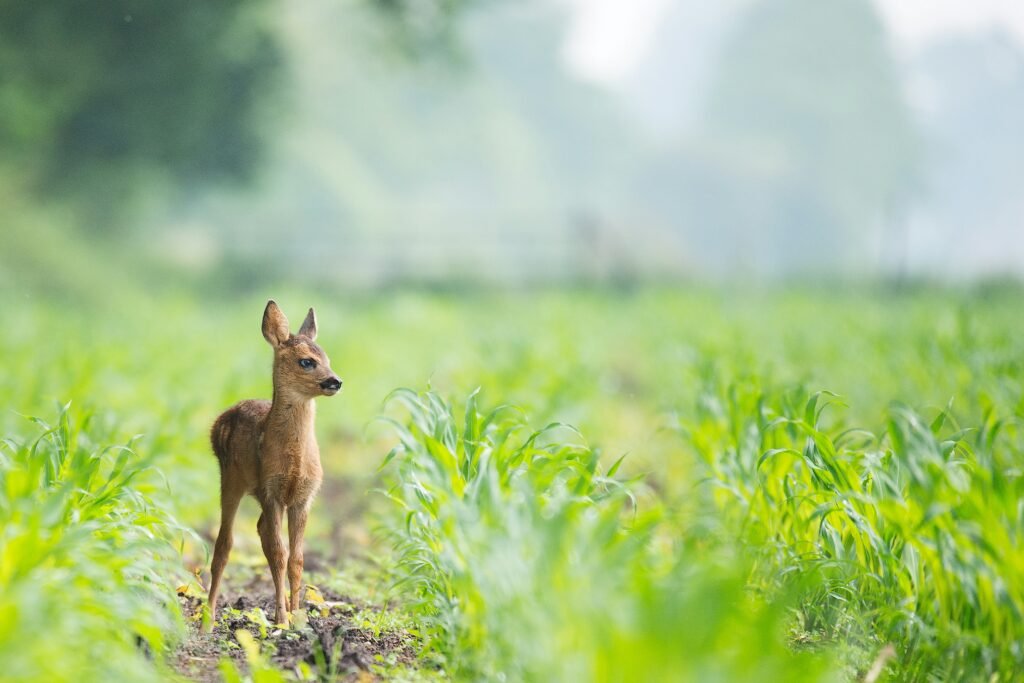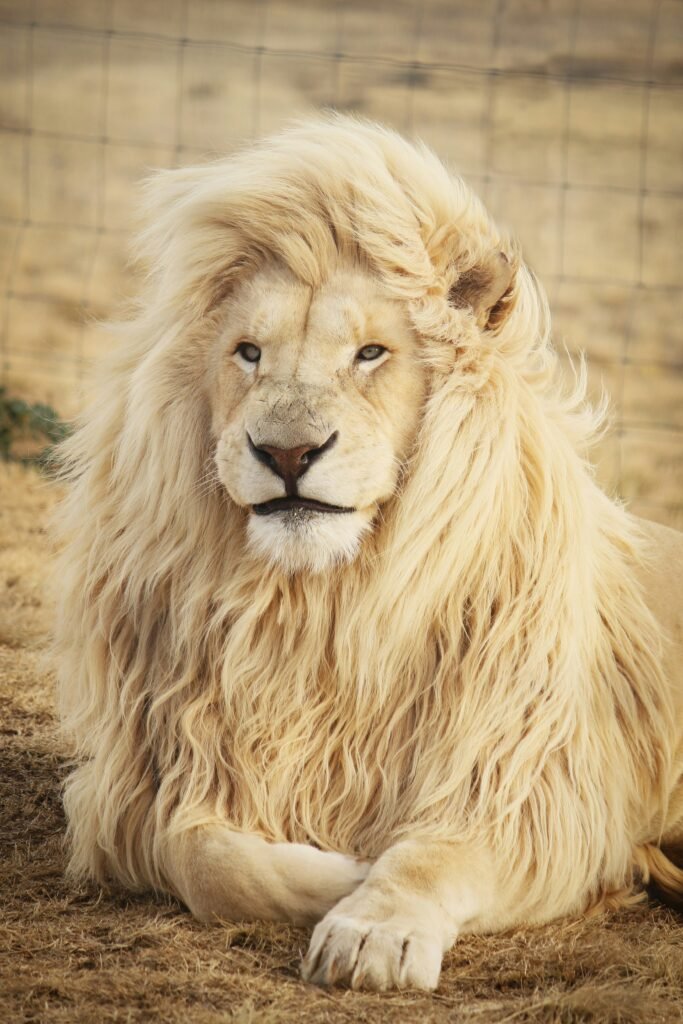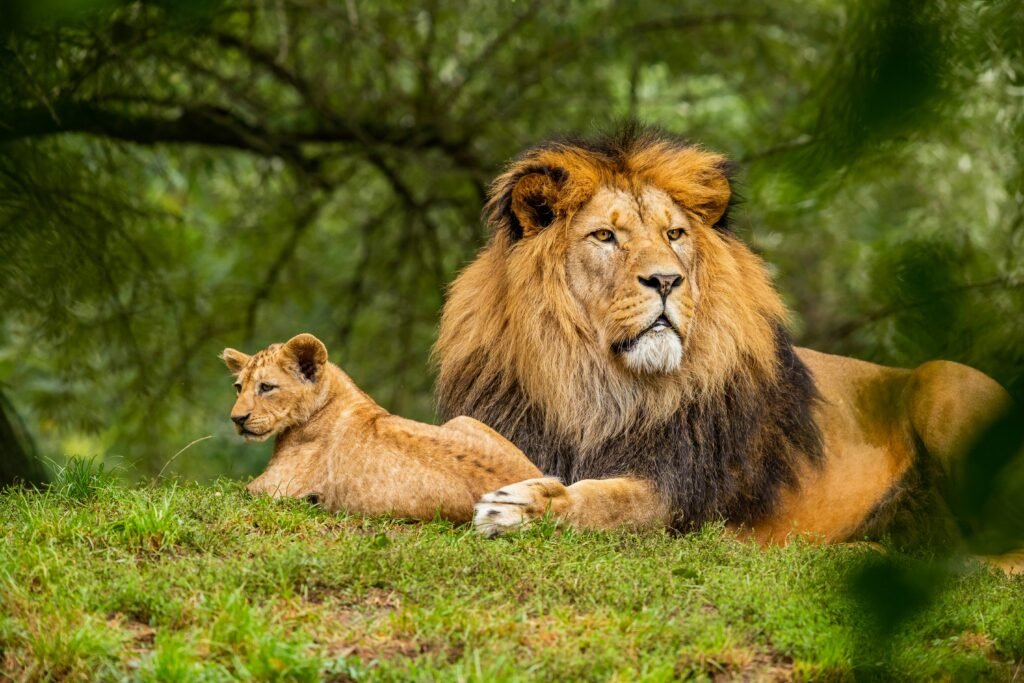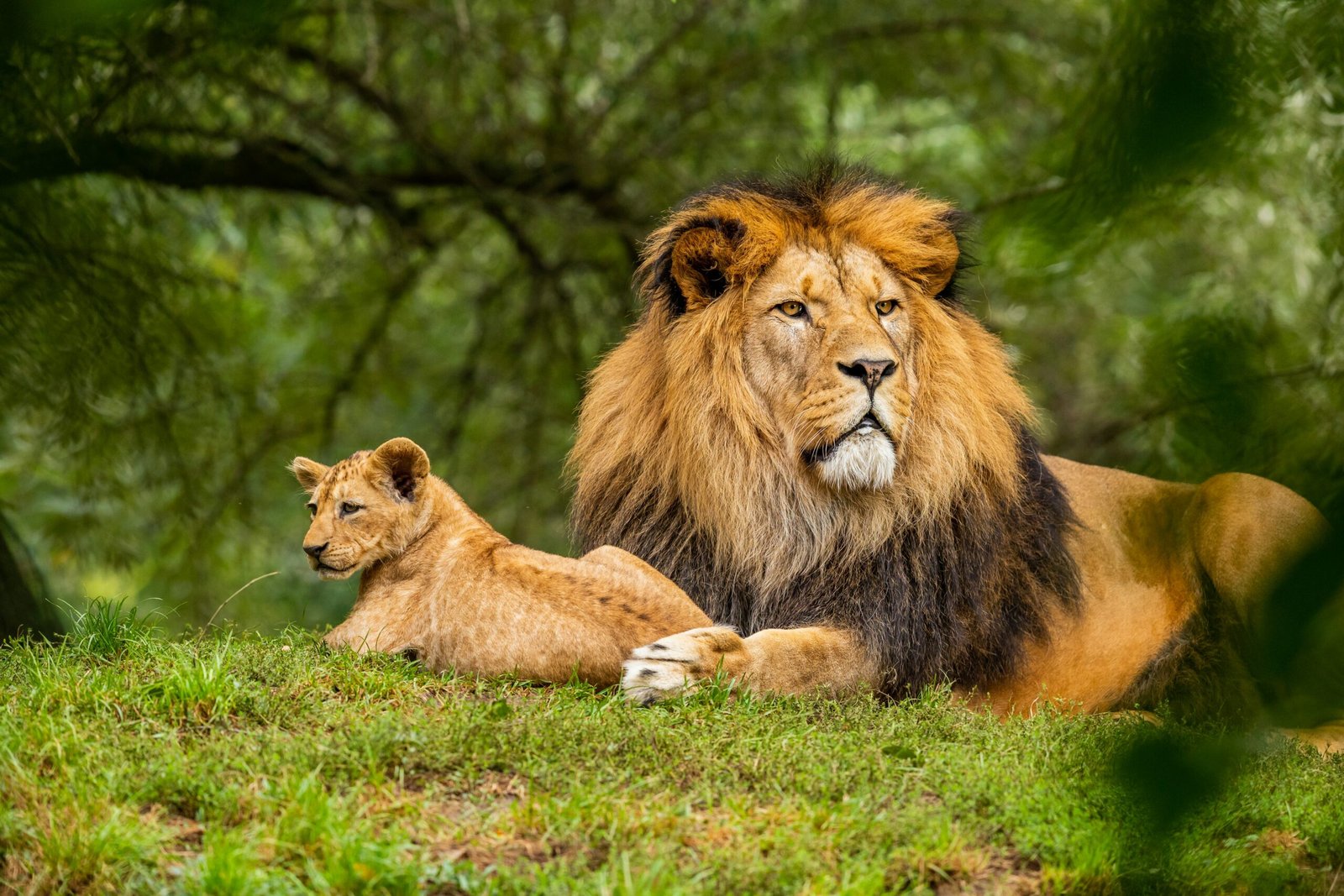The Caribbean is a tropical paradise renowned for its stunning beaches and crystal-clear waters. But did you know that it is also home to a diverse range of fascinating wildlife? From majestic sea turtles gliding through the ocean depths to vibrant bird species soaring through the lush rainforests, the Caribbean offers unique opportunities for wildlife encounters. In this article, we will explore some key facts and tips that will enhance your experience and help you make the most of these remarkable encounters. So pack your binoculars and get ready to embark on an unforgettable journey into the natural wonders of the Caribbean!
Types of Wildlife Encounters
The Caribbean is known for its diverse range of wildlife, both on land and in the sea. From stunning coral reefs to vibrant tropical fish and fascinating land animals, there is so much to discover. Additionally, bird watching enthusiasts will be delighted by the variety of endemic and migratory bird species found in the region. Whether you prefer marine life, land animals, or bird watching, there is something for everyone in the Caribbean.
Marine Life
One of the highlights of wildlife encounters in the Caribbean is exploring the underwater world. Coral reefs are abundant in this tropical paradise, providing a brilliant spectacle of colors and shapes. Snorkeling or diving among coral reefs allows you to witness the incredible diversity of marine life, from tiny, brightly colored fish to larger species such as barracudas and groupers. Coral reefs are not only visually stunning but also vital ecosystems that provide a home for countless marine organisms.
Another fascinating aspect of marine life encounters in the Caribbean is observing tropical fish. These vibrant creatures come in all shapes and sizes, adding a splash of color to the crystal-clear waters. From the enchanting angelfish to the elusive seahorse, spotting these tropical fish can be a real treat for underwater enthusiasts.
If you’re lucky, you may also come across sea turtles during your marine adventures in the Caribbean. These gentle giants can be found nesting on the sandy beaches or gracefully gliding through the water. Observing sea turtles in their natural habitat is an unforgettable experience and a reminder of the importance of conservation efforts to protect these endangered creatures.

Land Animals
While marine life is undoubtedly captivating, the Caribbean also offers a variety of land animals to encounter. Iguanas are common sights on many Caribbean islands. With their striking appearance and varying sizes, iguanas are fascinating creatures to observe. You may encounter them basking in the sun or leisurely climbing trees. Keep in mind that while they may seem docile, it’s essential to maintain a respectful distance and not disturb their natural behavior.
Monkeys are also part of the Caribbean’s land animal population, particularly in lush rainforest areas. These playful and curious animals can provide endless entertainment as they swing through tree canopies and interact with each other. However, it’s crucial to admire them from a distance to avoid disrupting their natural behavior.
Geckos, with their distinctive chirping sounds and ability to stick to walls and ceilings, are another fascinating land animal found in the Caribbean. These nocturnal creatures come out at night, and you might catch a glimpse of them hunting insects or simply moving stealthily along the walls of your accommodation. Geckos are harmless and play an essential role in keeping insect populations in check.
Bird Watching
For bird enthusiasts, the Caribbean offers a treasure trove of avian wonders. The region is home to many endemic bird species, meaning they are found nowhere else in the world. Watching these unique birds is a treat for nature lovers and a great way to appreciate the biodiversity of the Caribbean. From the colorful flamingos of the Dominican Republic to the agile hummingbirds of Jamaica, there is always something exciting to spot.
In addition to endemic species, the Caribbean is also an important stopover for numerous migratory birds. These birds travel thousands of miles, often crossing the Atlantic Ocean, to reach their breeding or wintering grounds. Spotting migratory birds on their journey is a thrilling experience, and the Caribbean provides them with a vital resting and feeding stop.
Birding hotspots are scattered throughout the Caribbean, offering ideal locations to observe both endemic and migratory species. National parks, wildlife reserves, and coastal areas often attract a wide variety of birds. Grab your binoculars and head to these hotspots for a truly immersive bird watching experience.

Safety Tips for Wildlife Encounters
While wildlife encounters are undoubtedly thrilling, it’s essential to prioritize the safety and well-being of both the animals and yourself. Here are some safety tips to keep in mind:
-
Respect Their Space: Maintain a safe distance from wild animals and never attempt to touch or approach them. Remember that you are a visitor in their natural habitat, and it’s crucial to allow them to carry on their behaviors undisturbed.
-
Do Not Feed Wild Animals: Feeding wild animals can disrupt their natural diet and behavior patterns. It can also make them reliant on human food sources, which can lead to conflict and health issues. Enjoy observing animals in their natural state without interfering with their feeding habits.
-
Observe from a Distance: Use binoculars or zoom lenses instead of getting too close to wildlife. This will allow you to have a detailed view while minimizing any potential stress or disturbance to the animals. Remember that your presence should not alter their natural behavior.
Responsible Tourism
When engaging in wildlife encounters in the Caribbean, it’s essential to be a responsible and mindful tourist. Here are some ways you can contribute to conservation efforts and ensure the sustainability of these encounters:
-
Choose Environmentally-Friendly Tour Operators: Do your research and select tour operators that prioritize conservation and adhere to sustainable practices. Look for certifications and guidelines that demonstrate their commitment to wildlife protection and responsible tourism.
-
Follow Local Regulations: Familiarize yourself with local regulations and guidelines regarding wildlife encounters. These can include restrictions on touching or feeding animals, designated observation areas, and specific codes of conduct. By respecting these regulations, you can help protect the wildlife and their habitats.
-
Avoid Buying Souvenirs Made from Endangered Species: Be conscious of the souvenirs you purchase, and avoid buying products made from endangered species, such as coral jewelry or turtle shell ornaments. Supporting local artisans who create sustainable and ethical souvenirs is a better choice.

Best Time for Wildlife Encounters
To optimize your chances of encountering wildlife in the Caribbean, it’s important to be aware of seasonal patterns, migration periods, and ideal weather conditions. Here are some insights to help plan your wildlife encounters:
-
Seasonal Patterns: Different times of the year offer unique opportunities to encounter specific wildlife. For example, sea turtles often nest during specific months, while certain bird species may be more active during breeding seasons. Research the local wildlife and their seasonal patterns to plan your visit accordingly.
-
Migration Periods: Migratory birds pass through the Caribbean during their long journeys, providing excellent opportunities for bird watching. Understanding the timing of these migrations can allow you to witness the diverse array of birds that utilize the Caribbean as a stopover.
-
Ideal Weather Conditions: The weather can affect wildlife behavior, visibility, and even access to certain areas. Research the ideal weather conditions for your desired wildlife encounters, considering factors such as water visibility for snorkeling or optimal bird spotting conditions.
Conservation Efforts in the Caribbean
Conservation efforts play a crucial role in protecting the Caribbean’s wildlife and their habitats. Here are some of the initiatives and actions being taken to preserve the region’s natural heritage:
-
Protected Areas: The Caribbean boasts numerous protected areas, including national parks, marine reserves, and wildlife sanctuaries. These areas provide safe havens for wildlife and allow for research, monitoring, and education about the importance of conservation.
-
Research and Monitoring: Scientists and conservation organizations are actively conducting research and monitoring wildlife populations in the Caribbean. This data helps understand species behavior, population trends, and the impact of human activities on the environment. By supporting these research efforts, you contribute to the knowledge necessary for effective conservation.
-
Community Involvement: Engaging local communities in conservation efforts is crucial for long-term sustainability. Many initiatives involve local participation in wildlife conservation, education programs, and sustainable tourism practices to ensure that the benefits and responsibilities are shared among all stakeholders.
Popular Wildlife Encounters in the Caribbean
The Caribbean offers some unique and exciting wildlife encounters that have become increasingly popular among visitors. Here are a few notable experiences:
-
Swimming with Dolphins: Several places in the Caribbean offer the opportunity to swim and interact with dolphins in a responsible and ethical manner. These encounters often take place in natural lagoons or marine sanctuaries, allowing you to observe these intelligent creatures up close while ensuring their welfare.
-
Hiking through Rainforests: The Caribbean is home to lush rainforests teeming with life, making it the perfect destination for nature lovers. Guided hikes through these pristine ecosystems provide opportunities to spot various land animals, including monkeys, birds, and fascinating plant species.
-
Snorkeling with Stingrays: Stingrays are gentle and fascinating creatures that can be found in several locations throughout the Caribbean. Snorkeling with them allows you to observe their graceful movements and even interact with them in a respectful manner. Remember to follow guidelines to ensure both your safety and the well-being of the stingrays.
Wildlife Photography Tips
Capturing the beauty and wonder of wildlife encounters in the Caribbean through photography can provide lasting memories. Here are some tips to help you take stunning wildlife photographs:
-
Capture Natural Behaviors: Photograph animals in their natural habitats doing what they do best. Whether it’s a sea turtle navigating the reefs or a bird in flight, focus on capturing their behavior rather than trying to force a particular pose or interaction.
-
Use Appropriate Equipment: Invest in a good quality camera with a zoom lens to capture detailed shots from a distance. This will ensure you can photograph wildlife without disturbing their natural behavior or compromising your own safety.
-
Respect Animal Welfare: Avoid using flash photography, especially with nocturnal animals, as this can startle or disorient them. Additionally, never disrupt an animal’s natural habitat or behavior for the sake of a photograph. Remember that your priority should be the well-being of the animals.
By following these tips, you can both enjoy the wildlife encounters and contribute to the conservation efforts necessary to preserve the Caribbean’s unique and precious ecosystems. As a responsible and knowledgeable traveler, you have the power to make a positive impact on the wildlife and their habitats while creating unforgettable memories in this tropical paradise.


